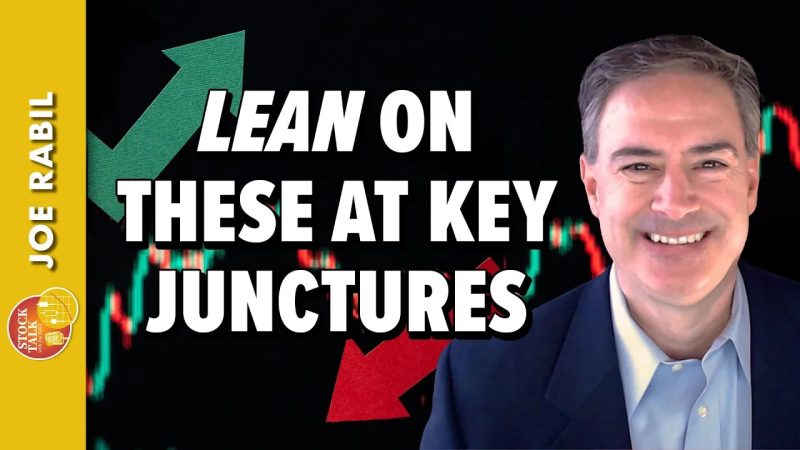
Unlock Market Moves: Mastering Momentum with Price Swings and Fibonacci Grids!
Understanding the complex nuances of financial market operations is intrinsic to getting ahead in financial trading. One of these elements – mastering momentum using price swings and Fibonacci grids – can provide a valuable framework for investment decisions, especially for day traders and swing traders.
Price Swings
Price swings refer to the ebb and flow of securities’ prices, moving either upward or downward. A price swing is typically caused by a variety of factors, such as changes in market conditions, investor sentiments, economic indicators, and company performance. A price swing gives a directional bias to the financial instrument, providing traders with an opportunity to capture profits from the trend. Notably, larger swings represent more significant trends, while smaller swings may simply be normal price volatility.
Paying attention to price swings can provide valuable insights. For example, if prices are trending upwards, there is a higher likelihood of the next price swing also shifting upwards, meaning the momentum is positive. On the other hand, if prices are on a downward trend, negative momentum is created, implying a higher chance the prices will continue to decline. By understanding and mastering price swings, traders can anticipate and take advantage of potential price movements in the market.
Fibonacci Grids
Fibonacci grids, also known as Fibonacci Retracements, are a powerful analysis tool used in technical analysis. The tool derives its name and principles from the Fibonacci sequence – a mathematical principle discovered by Leonardo Fibonacci in the 13th century.
In the context of financial markets, Fibonacci retracement levels are horizontal lines that indicate possible support and resistance levels. These levels are calculated by identifying the high and low of a specific period or price swing and then dividing the vertical distance by the key Fibonacci ratios of 23.6%, 38.2%, 50%, 61.8%, and 100%.
The idea behind using Fibonacci retracements is to identify potential turning points in price action. As prices tend to pull back or retrace a portion of the previous move, traders can use Fibonacci levels to anticipate potential reversal points and act accordingly.
Mastering Momentum with Price Swings and Fibonacci Grids
The convergence of price swings and Fibonacci grids can create a synergy that offers traders an edge. By integrating these methodologies, traders can predict momentum more accurately and profit from it.
Understanding the direction and size of price swings can provide useful insights into the prevailing market momentum. If prices are swinging upward, the market has positive momentum and vice versa. Traders can use this information to align
